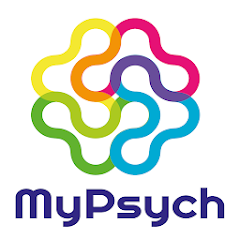Extrapyramidal side effects (EPSE) and movement disorders can manifest as several symptoms, detailed in the tables below. It is important that staff are aware of the clinical features and treatments for the different EPSE symptoms.
All antipsychotics have the potential to cause EPSE but it is more common with first generation antipsychotics (e.g. flupentixol, haloperidol) and the effect tends to be dose related. Caution should be used in prescribing other medication likely to cause EPSE such as sodium valproate, lithium and some antidepressants and the patient should be monitored closely for additive effects.
Following initiation of an antipsychotic patients should be monitored for emergence of EPSEs on a weekly basis and for 2 weeks after target dose reached. After dose increases patients should be monitored for 2 weeks.

